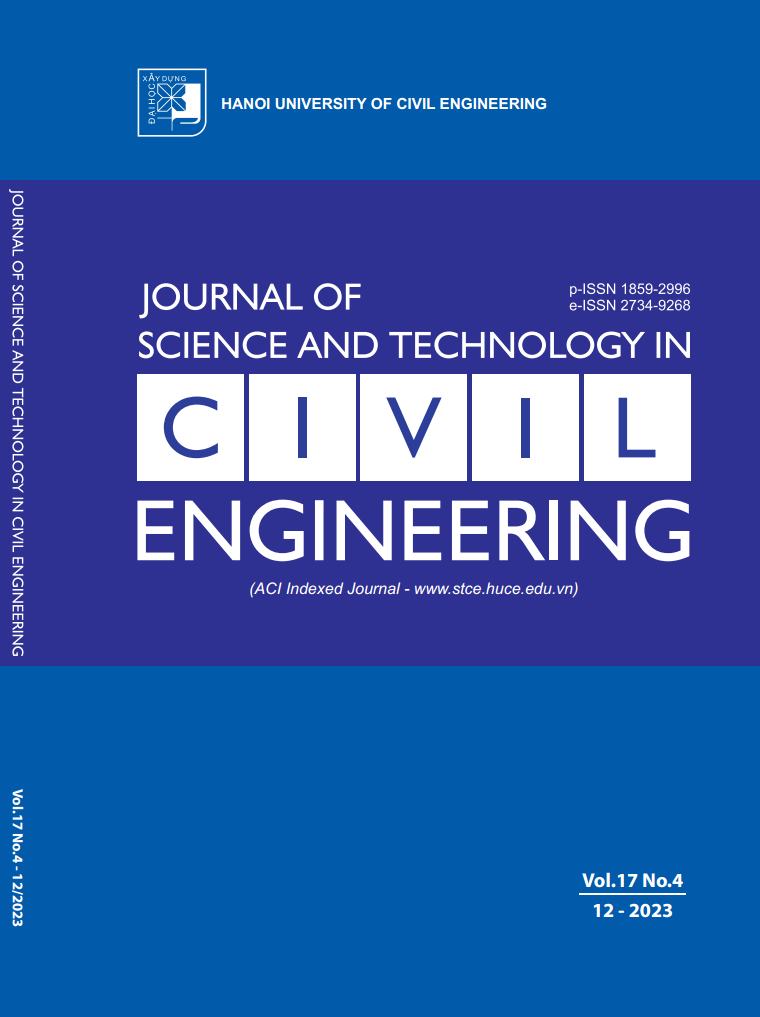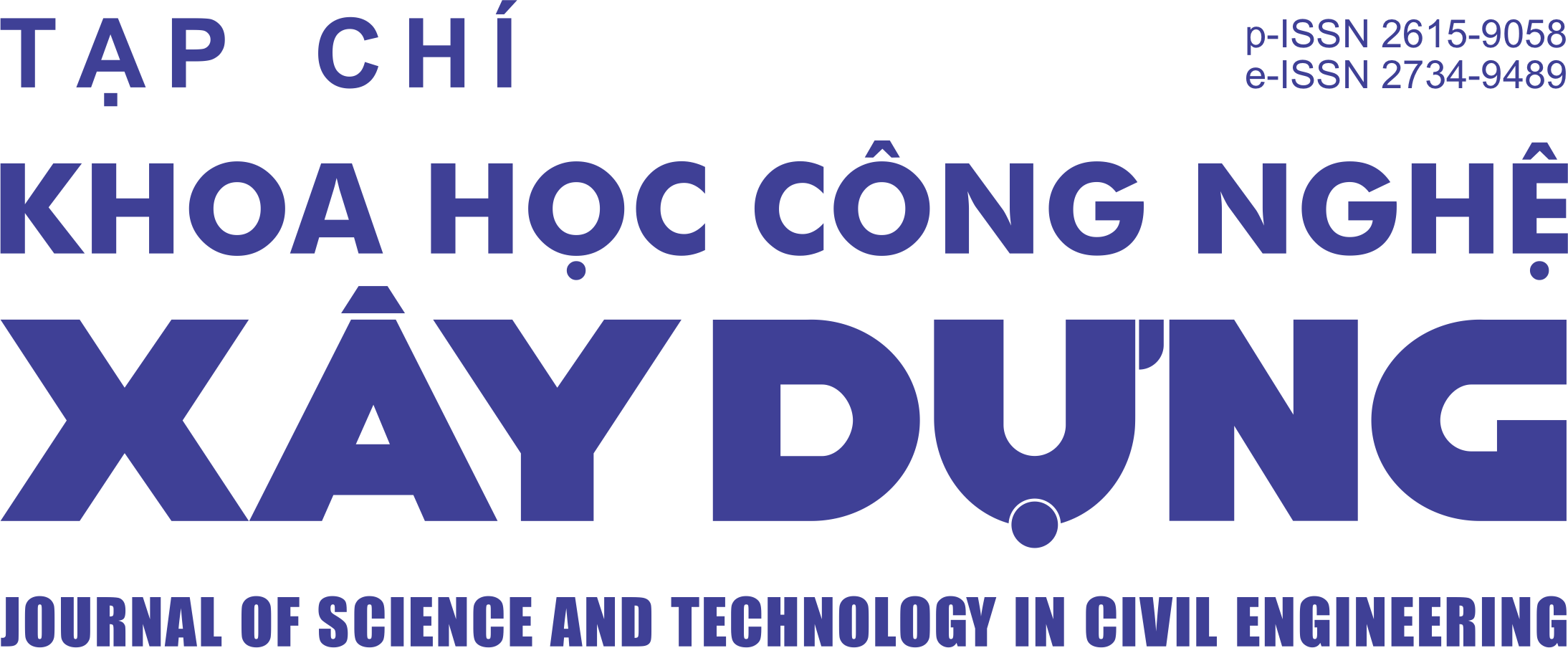Transient analysis of functionally graded plates using extreme gradient boosting
Abstract
This paper is aimed at quickly predicting the dynamic behavior of functionally graded plates using nontraditional computational approaches consisting of artificial neural networks (ANN) and extreme gradient boosting (XGBoost). Through the use of ANN and XGBoost, the dynamic behavior of the plate can be directly predicted based on optimal mapping, which is found by learning the relationship between input and output data from a data set during the training process. A data set including 1000 data pairs (input and output) is generated by using a combination of isogeometric analysis (IGA) and third-order shear deformation plate theory through iterations. In this model, a power index that controls the plate’s material distribution is regarded as input, and output consists of 200 values of deflection versus time. In order to demonstrate the effectiveness of XGBoost in terms of accuracy and computational time, results obtained by the optimal XGBoost model are compared to those obtained by the optimal ANN model and IGA.
Downloads
Copyright (c) 2023 Hanoi University of Civil Engineering

This work is licensed under a Creative Commons Attribution-NonCommercial-NoDerivatives 4.0 International License.
1. The Author assigns all copyright in and to the article (the Work) to the Journal of Science and Technology in Civil Engineering (JSTCE) – Hanoi University of Civil Engineering (HUCE), including the right to publish, republish, transmit, sell and distribute the Work in whole or in part in electronic and print editions of the Journal, in all media of expression now known or later developed.
2. By this assignment of copyright to the JSTCE, reproduction, posting, transmission, distribution or other use of the Work in whole or in part in any medium by the Author requires a full citation to the Journal, suitable in form and content as follows: title of article, authors’ names, journal title, volume, issue, year, copyright owner as specified in the Journal, DOI number. Links to the final article published on the website of the Journal are encouraged.
3. The Author and the company/employer agree that any and all copies of the final published version of the Work or any part thereof distributed or posted by them in print or electronic format as permitted herein will include the notice of copyright as stipulated in the Journal and a full citation to the Journal as published on the website.







